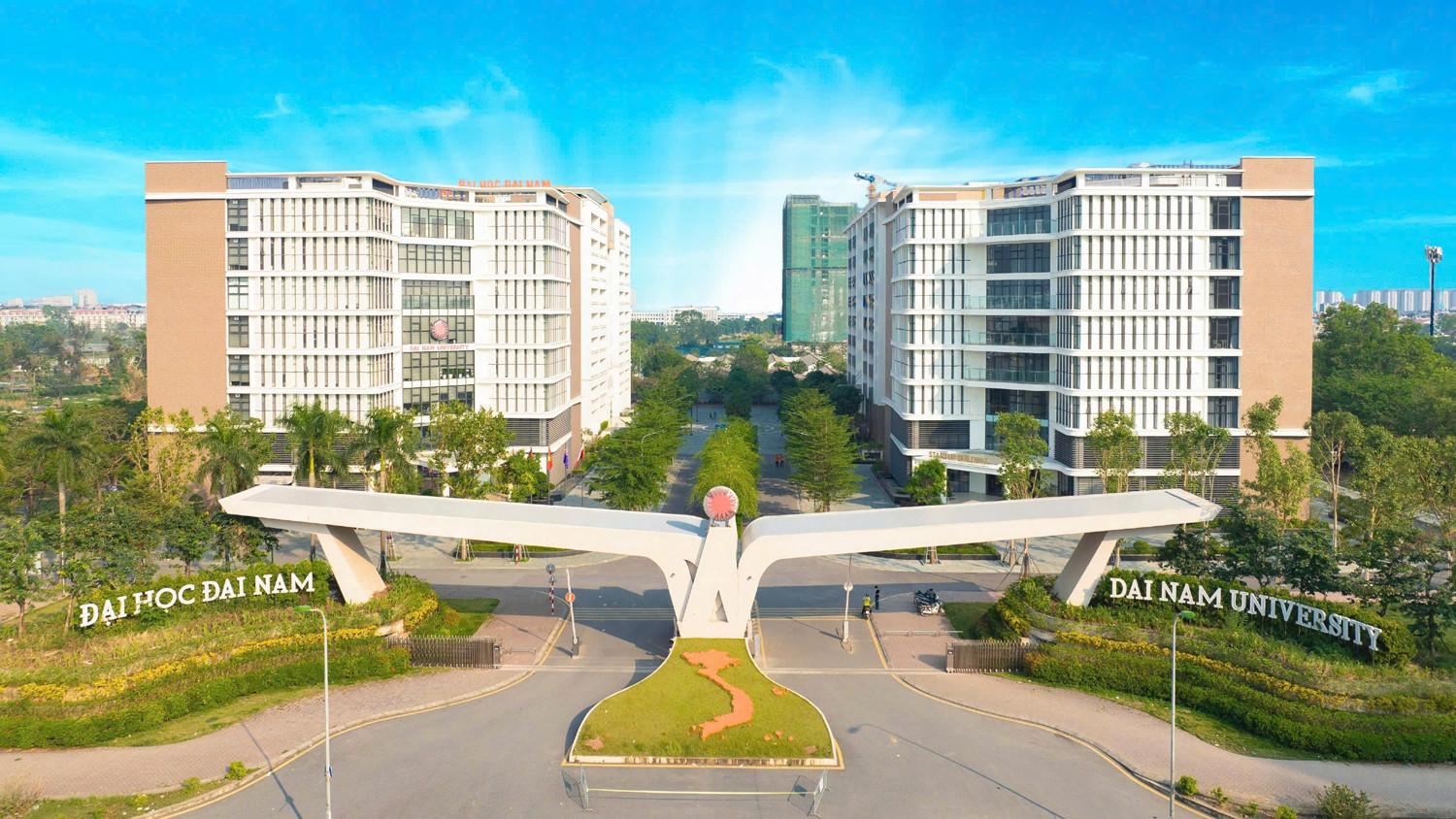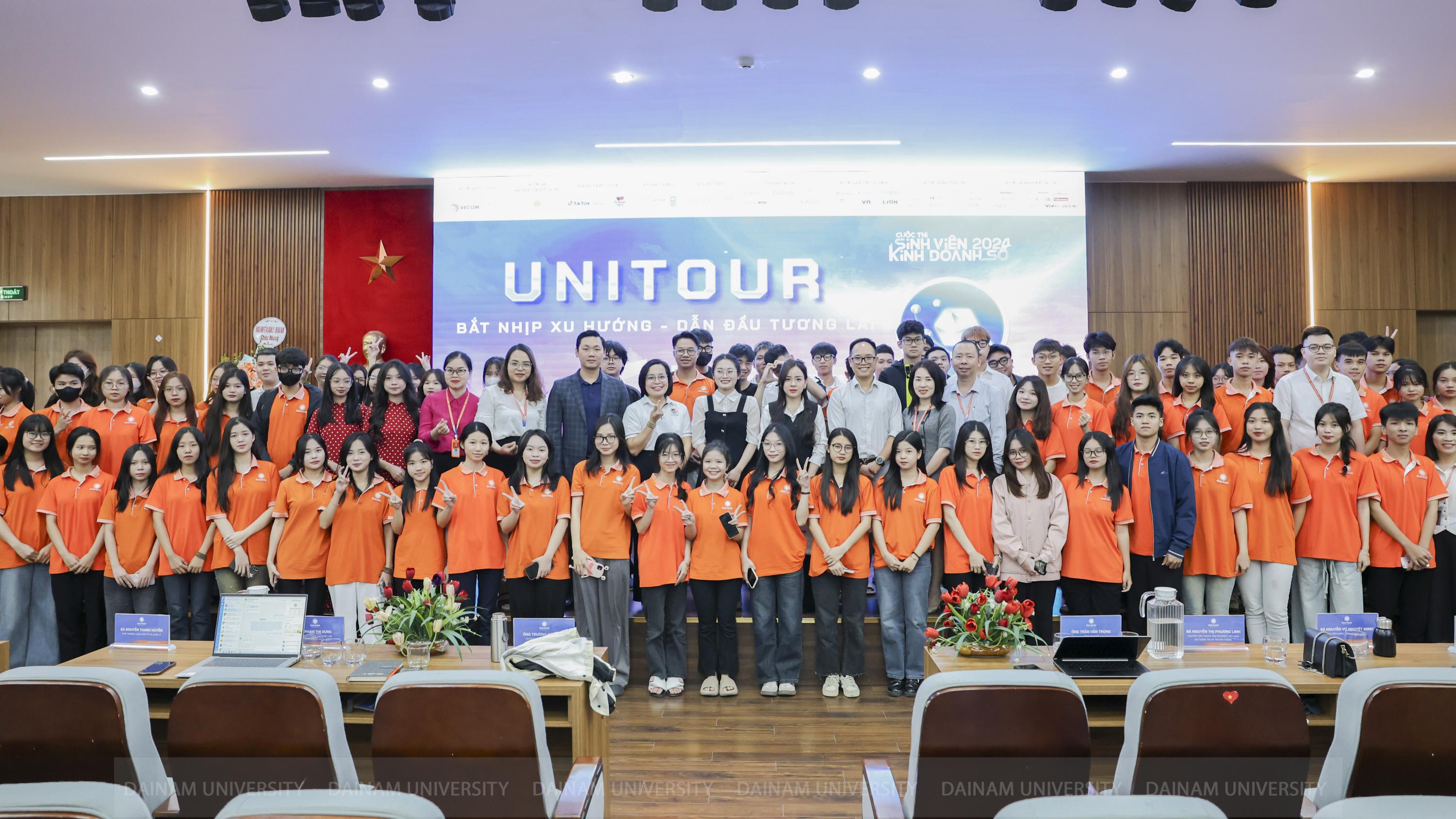Combining traditional medicine with modern medicine
Posted date 21/05/2018
6.545 view

Combining traditional medicine with modern medicine, modernizing traditional medicine and pharmacy, effectively using Vietnamese medicinal plant resources
Associate Professor, PhD - Senior Researcher Nguyen Thuong Dong
The basic principle of Traditional Medicine (TCM) is “Heaven – Earth – Human unity” in which humans are a microcosm, taking ancient Eastern philosophy as the theoretical basis. Ancient philosophy is written in the Book of Changes (2852 – 2737 BC) and later compiled into books by King Wen (11th century BC) and Confucius (557 – 479 BC). The study of the Book of Changes has summarized the laws of nature, humans and society, such as the law of “Yin – Yang” contrast, interaction, mutual demand, correspondence… reflecting the unity and contradiction of two opposing sides and the law of “Phận Phục” about the movement of nature is cyclical change.
According to the Yin-Yang theory, the spirit and the body are inseparable, every good/bad impact on the body reflects on the spirit and vice versa. Any excess is harmful, extreme Yin generates Yang, extreme Yang generates Yin. “Heaven – Earth – Human unity” is a way of living in symbiosis, in harmony with nature, which is good for health…Modern medicine (MM) knows deeply about the patient's body at the cellular level, the pathogenesis at the molecular level, but knows very little about the intelligence and spirit of one patient compared to another, even though both are suffering from the same disease. MMM has drawn a map of the human genome, but has not been able to draw a map of the human spirit. Only in the last few decades has MMM recognized that health includes the patient's mental state.
Humans have existed on earth for about 10,000 centuries. The prehistoric period took up 9,900 centuries, only 1% (equivalent to 100 centuries) belonged to “intellectual” humans, but only in the last 200 years, the scientific and technological revolution and the industrial revolution have developed. So the development process from “prehistoric humans” to “intellectual humans” and then to “scientific and technological humans” has never been influenced by any medical system? Humans have only developed in accordance with the laws of nature. This is the theoretical starting point of Oriental Medicine. But Oriental Traditional Medicine has not yet proven it, but only approaches health and illness on the basis of
method of thinking holistically and expressing in an abstract way, with little quantitative value. That is why the ancients only said " Tri ky nhien, bat tri ky so u nhien " which means " Knowing it is so, but not understanding why it is so".
Modern science is based on Western rationalism, absolutizing the knowledge of the universe, nature, society and human beings in terms of material aspects, without paying attention to the spirit, absolutizing the role of experimentation, considering it the only method to study humans and diseases, which is why traditional medicine is considered to have no scientific basis (especially since the invention of sulphamide (1930) and antibiotics (1940). However, modern medicine allows itself to approach diseases in a one-sided way, in a "sliced" way, such as solving infectious diseases caused by bacteria and only needing antibiotics to cure them. Meanwhile, traditional medicine approaches diseases systematically, treating diseases but not affecting human health and physical condition.
Some hypotheses based on the intuitive genius of the ancients have been proven correct by science today. Thus, some theories are still at the level of hypotheses, not yet proven by science, but that hypothesis is not necessarily wrong. The problem is to answer the question: Does TCM not have a solid scientific basis or does TCM never have a scientific basis? If TCM has not been proven wrong, then we must admit that the theories and methods of TCM are correct - although modern science has not been able to prove it, but it does not mean that it cannot be proven.
In 1062, TCM began to use comparative methods, such as comparing the endurance of people taking ginseng with those not taking ginseng when running the same distance. However, it still did not meet the strict requirements of the current study. TCM is mainly summarized from treatment experience, but it still needs to be supplemented by experimental studies, designed on randomized research samples, to move towards evidence-based medicine.
Vietnamese Traditional Medicine, on the one hand, shares the characteristics of Eastern Traditional Medicine, but also has its own identity of tropical Traditional Medicine, because Vietnamese people have their own physical characteristics, socio-economic conditions and customs, and live in a tropical monsoon climate, which is the cause of many "seasonal" diseases such as colds, heat strokes... That is why Tue Tinh summarized in the work "Thirteen Prescriptions" as follows:
"Although the recipe is not much, the adjustments are quite strong to choose the right one according to the symptoms."
Medicine is not a matter of preference, North and South can be applied promptly.
Or in "Nam Duoc Quoc Ngu Phu" he wrote: " I respect my ancestors/Vietnamese medicine cures Vietnamese people".
The way and experience of using medicinal herbs of different traditional medicine systems are also different. The medicinal herb Kha Tu (in our country also called Chieu Lieu, scientific name is Terminalia chebuta ), Vietnam uses to treat diarrhea and dysentery (kha tu powder) when adding Platycodon grandiflorum and licorice to treat cough. Hai Thuong Lan Ong wrote about kha tu as follows: “Kha tu is inherently bitter/It is good for astringing the intestines and stopping dysentery/It also eliminates phlegm, coughs and acute asthma/It reduces fire and harmonizes the liver and lungs/Boil it then pound it finely/Add it to the traditional medicine/If not, kha tu can be replaced with Chinese plum/White Chinese plum can be used as a temporary substitute”.
In China, myrobalan is called “Kha le lac, Kha tu than, Kha tu nhuc”. It has the function of constricting the lungs and astringing the intestines. It treats dysentery, enteritis, cold air, bloating and fullness in the heart and stomach, digests overnight food, clears body fluids, breaks up stagnant air, expels intestinal wind, opens the stomach, treats gas due to excessive stagnation, bloating and fullness in the throat, and shortness of breath. They believe that the sour and bitter taste of myrobalan is beneficial for phlegm and relieves vexation. When used with ginseng or Atractylodes macrocephala, it is beneficial for the spleen. Together with tangerine peel, it lowers the air, and together with five flavors, it constricts the lung air. Later, China proved that myrobalan increases the effect of pepsin, improves the contractility of the digestive system, increases digestive secretions, is antibacterial and increases blood circulation, thus benefiting digestion. Thus, the understanding of the effects of myrobalan is deeper than the mechanism of action.
In India, only one is used. A physician named Vagbhata in the 7th century AD evaluated the effects of myrobalan on many patients with heart disease. He found that myrobalan has a heart-nourishing effect, especially for ischemic heart disease and irregular heartbeat. Therefore, the "Indian Elderly Association" has given 10 recommendations, including the recommendation to eat 1 myrobalan in the morning after practicing Yuga and drinking milk.
In the rest of the world, kha tu is called "Beleric cherry", used to regulate blood pressure, lower blood cholesterol, treat coronary arteries and atherosclerosis...
In our country, some Vietnamese medicinal herbs have been of Chinese origin for thousands of years, such as: Coix, Agarwood, Curcuma, Perilla, Perilla, Ligusticum, White-flowered Snake, Euryale, Atractylodes Rhizome, Atractylodes Rhizome, Atractylodes Rhizome, Polygala ...
It is time for traditional medicine and medical ethics to combine with experimental science to clarify the scientific basis of the seemingly “mysterious” things left by generations of ancient people. First, we must inherit both the theory and methods of traditional medicine, then use modern science to prove and improve. Modernizing traditional medicine means inheriting the medicinal ingredients, but we must standardize them, evaluate their safety and prove their effects. Traditional medicine needs to be modernized to avoid the risk of becoming an antique in the depths of time.
Modernization while still preserving the identity of TCM means mastering the properties, meridians, and tonics of TCM medicines, while respecting the combination method to preserve the effects in new dosage forms. Modernization while losing the identity of TCM is losing the precious gem of TCM.
The advantages of traditional medicine are few side effects, both treatment and improvement of health. The advantages of modern medicine are accurate diagnosis, fast treatment time, accurate dosage, easy management of drug quality... In traditional medicine, diagnosis is based on: Observation (observing the patient and the situation), Listening to the patient's voice and thoughts, Questioning (asking the patient and family members) and Examination (examining the disease by hand or instrument). Traditional medicine concludes the disease based on the principles of Eastern medicine, while modern medicine concludes the disease based on the results of preclinical tests. Should diagnosis in traditional medicine be combined with the diagnostic methods of modern medicine? Research should also be done to determine the correct dosage, especially the convenient dosage form. Modern medicine should also study the treatment principle of traditional medicine, which is to create a state of balance of functions in the body, in addition to direct treatment of the cause of the disease, especially reducing the harmful effects of modern medicine. Modern medicine should also participate in proving the concept of “Monarch – Minister – Assistant – Envoy” of traditional medicine, to explain why some pure substances are ineffective, but the whole extracts are effective?, such as the medicinal herbs Artichoke, Ginkgo biloba...). Modernizing traditional medicine, combining traditional medicine with modern medicine is a trend of combining the positive aspects of the two Eastern and Western civilizations.
Latest article
View all Posts
Related articles
See all related Articles










